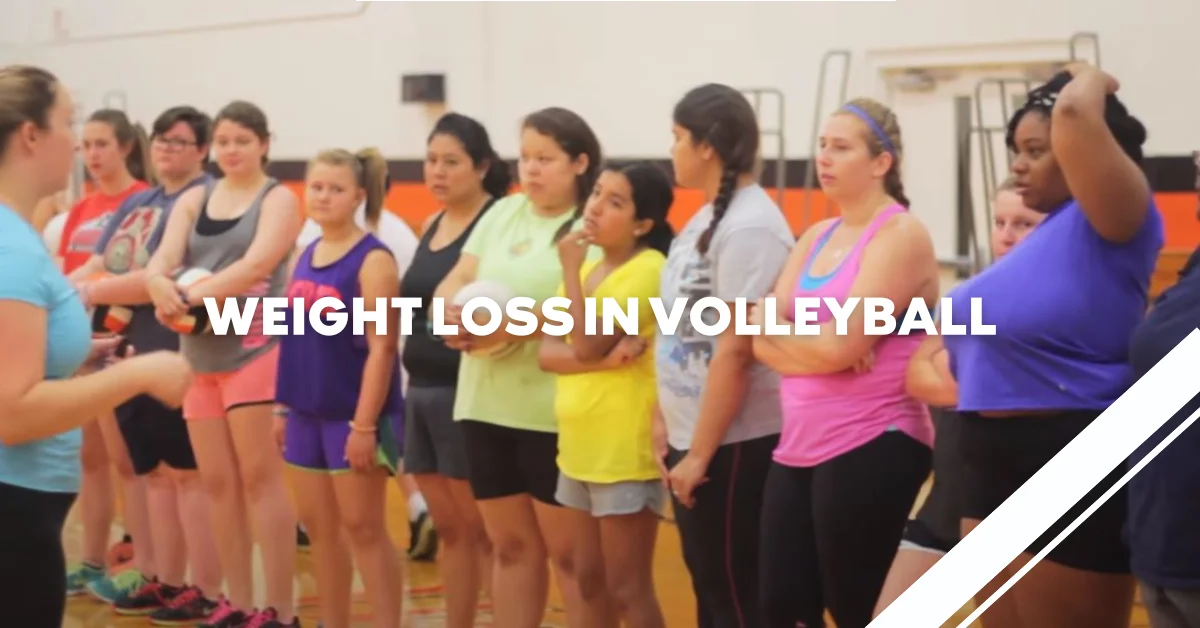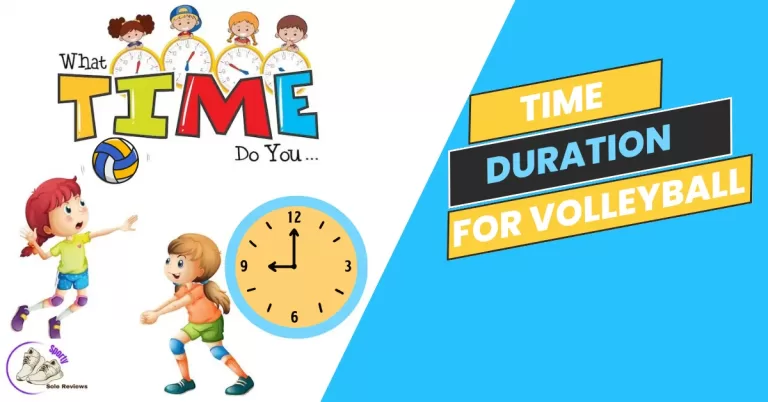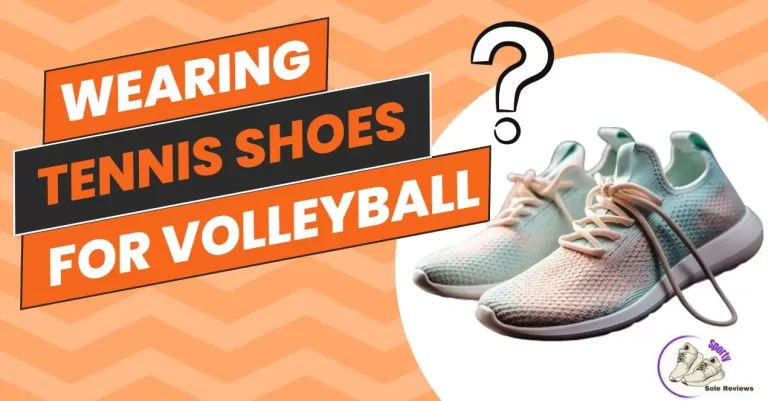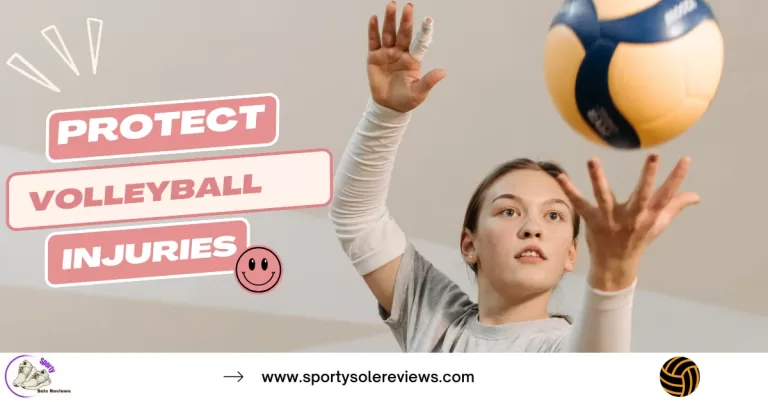Can Playing Volleyball on the Court Aid Weight Loss in Volleyball?
Playing volleyball is not only a great way to have fun but also an effective method for weight loss in volleyball and staying healthy. With its dynamic movements and high-intensity nature, volleyball engages multiple muscle groups and burns calories. Additionally, it improves cardiovascular health and endurance. So, if you’re looking to shed those extra pounds while enjoying an exciting sport, volleyball is the way to go!
Weight Loss in Volleyball
| Point | Description |
|---|---|
| 1 | Volleyball is a high-intensity sport that can aid in weight loss. |
| 2 | Regular volleyball practice and games help burn calories and promote fat loss. |
| 3 | Increased physical activity in volleyball can lead to a higher metabolic rate. |
| 4 | Playing volleyball improves cardiovascular fitness, contributing to weight loss. |
| 5 | Volleyball engages various muscle groups, promoting lean muscle development. |
| 6 | Improved body composition and reduced body fat percentage can result from volleyball training. |
| 7 | A balanced diet and hydration are essential for maximizing weight loss benefits in volleyball. |
| 8 | Consistency and dedication to volleyball training and nutrition are key for sustained weight loss. |
How Does Volleyball Help in Weight Loss?
Volleyball is a popular team sport that not only offers an enjoyable way to stay active but can also be an effective tool in achieving weight loss and maintaining a healthy lifestyle. Here are some ways, thats is share with my volleyball game experience in which volleyball can contribute to weight loss:
Physical Demands of Volleyball
Volleyball is a sport that demands a variety of physical movements, making it an excellent choice for weight loss in volleyball. It involves running, jumping, diving, and quick changes in direction, which require strength, agility, and coordination. These dynamic movements engage multiple muscle groups in your body, including your legs, core, arms, and shoulders. By incorporating these actions into your regular volleyball sessions, you can effectively burn calories and increase your overall fitness level.
Calories Burned during Volleyball
When it comes to calorie burn, volleyball ranks among the top recreational activities. During a typical volleyball session, you can expect to burn around 400 to 600 calories per hour, depending on factors such as intensity and body weight. This calorie burn rate is comparable to activities like swimming, cycling, and jogging. The continuous movement and high-intensity rallies in volleyball keep your heart rate elevated, resulting in an increased metabolic rate. As a result, your body continues to burn calories even after you’ve finished playing.
Targeted Muscle Groups and Impact on Metabolism
Volleyball targets various muscle groups, leading to increased muscle strength and tone. The explosive movements involved in jumping and spiking engage your leg muscles, including the quadriceps, hamstrings, and calves. The constant passing, setting, and hitting actions engage your core muscles, helping to improve stability and balance. Additionally, the repetitive arm movements, such as serving and blocking, work the muscles in your arms and shoulders.
Cardiovascular Benefits of Volleyball
Volleyball is a dynamic and exciting sport that offers a wide range of health benefits, including significant advantages for cardiovascular health. Here are some of the cardiovascular benefits of playing volleyball:
Improving Cardiovascular Health and Endurance
Volleyball is not only a fun and exciting sport but also a great way to improve your cardiovascular health and endurance. The continuous movement and fast-paced nature of the game make volleyball an excellent aerobic exercise. Engaging in regular volleyball sessions helps to strengthen your heart and lungs, enhancing their ability to deliver oxygen-rich blood to your muscles and organs.
Aerobic Nature and Impact on Heart Rate and Blood Circulation
The aerobic nature of volleyball means that it requires a steady supply of oxygen to fuel your muscles. As you play, your heart rate increases, and your breathing becomes deeper and more rapid. This increased heart rate and respiration rate help to improve your cardiovascular fitness and efficiency.
During a volleyball match, your heart works harder to pump oxygenated blood to your muscles, delivering the energy they need to perform. This increased blood flow also improves circulation throughout your body, ensuring that your organs receive the necessary nutrients and oxygen for optimal function. Regular participation in volleyball can lead to a lower resting heart rate and improved overall cardiovascular endurance.
Reducing the Risk of Cardiovascular Diseases
Engaging in regular physical activity, such as playing volleyball, has long-term effects on reducing the risk of cardiovascular diseases. Regular exercise helps to lower blood pressure, reduce LDL (bad) cholesterol levels, and increase HDL (good) cholesterol levels. These positive changes in cardiovascular health contribute to a decreased risk of heart disease, stroke, and other cardiovascular conditions.
Volleyball and Muscle Tone
Muscle tone refers to the state of tension in a muscle when it’s at rest. Here are some key points regarding volleyball and muscle tone:
Muscle Groups Involved in Volleyball
Playing volleyball engages multiple muscle groups throughout your body, making it a great sport for improving muscle tone and overall strength. The main muscle groups involved in volleyball include the legs, core, arms, and shoulders.
Legs
Volleyball requires constant movement, including jumping, lunging, and quick changes in direction. These actions heavily rely on the strength and power of your leg muscles, such as the quadriceps, hamstrings, and calf muscles. Regular volleyball sessions can help strengthen these muscles, leading to improved stability, agility, and overall leg strength.
Core
A strong core is essential for maintaining balance, stability, and control during volleyball. The core muscles, including the abdominals, obliques, and lower back muscles, provide stability to your spine and pelvis. By playing volleyball, you engage your core muscles to maintain proper body alignment, execute powerful movements, and generate force. As a result, regular volleyball sessions can lead to increased core strength and improved muscle tone in this area.
Arms and Shoulders
Volleyball involves frequent overhead motions, such as serving, spiking, and blocking. These actions heavily engage the muscles in your arms and shoulders. The deltoids, biceps, triceps, and muscles of the rotator cuff are all activated during volleyball. Through regular play, these muscles can become stronger and more defined, contributing to improved arm and shoulder strength.
Increased Muscle Strength and Definition
Engaging in regular volleyball sessions can lead to increased muscle strength and definition throughout your body. The dynamic movements, explosive jumps, and quick changes in direction require a significant amount of muscular effort. Over time, this consistent muscular stress leads to muscle adaptation and growth. As a result, your muscles become stronger, more toned, and more defined.
Weight Loss in volleyball and Improved Metabolism
Playing volleyball can also contribute to weight loss and improved metabolism through increased muscle mass. As you engage in volleyball, your muscles work hard, burning calories and increasing your metabolic rate. Additionally, the development of lean muscle mass through regular play helps to boost your resting metabolic rate, allowing you to burn more calories even at rest. By combining regular volleyball sessions with a balanced diet, you can achieve weight loss in volleyball and maintain a healthy body composition.
Can Volleyball Alone Lead to Weight Loss?
Volleyball is a popular sport enjoyed by people of all ages around the world. It’s not only an exciting and social activity but also a great way to stay active and burn calories.
Importance of a Balanced Diet and Overall Lifestyle Factors
While playing volleyball can contribute to weight loss, it is important to understand that achieving and maintaining a healthy weight involves more than just physical activity. A balanced diet and overall lifestyle factors play a crucial role in weight management. Consuming a nutritious, well-rounded diet that is rich in fruits, vegetables, lean proteins, and whole grains is essential for supporting your weight loss goals. Additionally, adopting healthy lifestyle habits such as getting enough sleep, managing stress, and staying hydrated can further enhance your weight loss efforts.
Complementing Weight Loss in Volleyball
Volleyball can complement other weight loss efforts by providing a fun and effective form of physical activity. Engaging in regular volleyball sessions can help burn calories, build lean muscle mass, and improve cardiovascular fitness. Combining volleyball with strength training exercises can further enhance weight loss by increasing muscle mass, which in turn helps to boost your metabolism and burn more calories. By incorporating volleyball into a well-rounded fitness routine that includes both cardiovascular exercise and strength training, you can maximize the effectiveness of your weight loss efforts.
Tips for Incorporating Volleyball into a Weight Loss Routine
To make the most of volleyball for weight loss, consider the following tips:
- Schedule regular volleyball sessions: Aim for at least 2-3 sessions per week to ensure consistent physical activity.
- Vary your intensity: Mix up your volleyball sessions with different levels of intensity, including both casual games and more competitive play. This variation can help challenge your body and burn more calories.
- Combine with strength training: Incorporate strength training exercises into your routine to build lean muscle mass and boost your metabolism. This can include bodyweight exercises, resistance band workouts, or weightlifting sessions.
- Pay attention to your diet: While volleyball can contribute to weight loss, it is important to support your efforts with a balanced diet. Focus on consuming whole, nutrient-dense foods and be mindful of portion sizes.
- Stay consistent and have fun: Consistency is key when it comes to weight loss. Stick to your volleyball routine and remember to enjoy the process. Having fun and staying motivated will help you stay committed to your goals.
conclusion
if you’re looking for a fun and engaging way to shed those extra pounds, volleyball can be a fantastic addition to your weight loss routine. However, it’s important to remember that volleyball alone is not a magic solution. A balanced diet, overall healthy lifestyle habits, and incorporating other forms of exercise, such as strength training, are crucial for long-term success. By combining these factors, you’ll be on your way to achieving your weight loss goals while enjoying the excitement of the game.
Key takeaways:
- Volleyball can contribute to weight loss, but it should be combined with a balanced diet and overall healthy lifestyle habits.
- Incorporating strength training exercises can further enhance weight loss efforts.
- Consistency and enjoyment are key to staying committed to your weight loss goals.
Is volleyball an effective sport for weight loss?
Yes, volleyball is an excellent sport for weight loss as it involves both cardiovascular and strength training components, leading to calorie burn and muscle development.
How many calories can you burn playing volleyball?
The number of calories burned playing volleyball varies based on factors like intensity, duration, and an individual’s weight. On average, you can burn around 300-600 calories per hour.
Can beginners benefit from playing volleyball for weight loss?
Absolutely. Volleyball can be adapted to various fitness levels, and beginners can start with basic drills and gradually progress, making it accessible to all.
What dietary considerations should I keep in mind while playing volleyball for weight loss?
A balanced diet is essential. Focus on whole grains, lean proteins, and plenty of fruits and vegetables. Hydration and portion control are also crucial.
How can I stay motivated to continue playing volleyball for weight loss?
Staying motivated can be easier when you join a volleyball team, set achievable goals, track your progress, and enjoy the social aspects of the sport. Find a support system that keeps you engaged.






